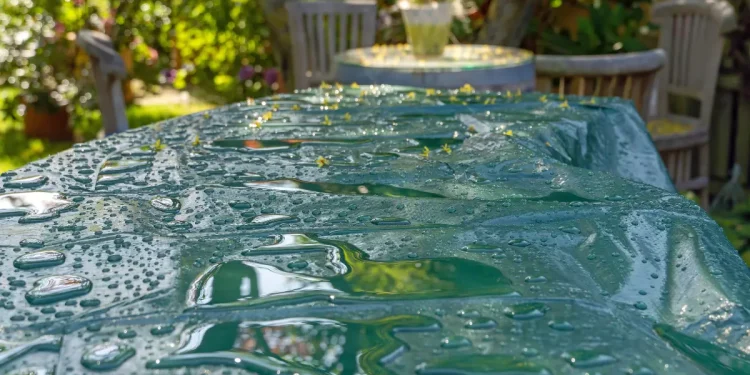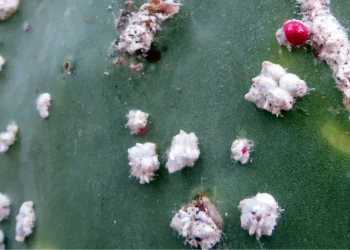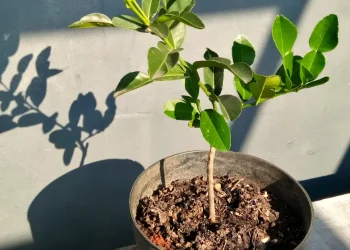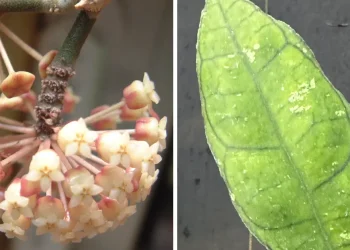Depending on the country, heavy rains can be more or less frequent, which can easily destroy our garden plants. But is it a cause of concern when it comes to heavy rain after planting seeds or small garden plants that can’t even break in the rain and wind?
| Key Takeaways |
|---|
| While seeds require moisture to germinate, excessive water can lead to waterlogging and even suffocating the seeds. |
| Heavy rains also increase the risk of soil erosion, potentially washing away seeds and topsoil |
| Additionally, when rain falls, the soil can become compacted, creating an impermeable crust that prevents seeds from germinating. |
It can be a real blight on our garden. But what can you do when heavy rain falls after planting a garden? And how can you protect the plants in our garden before heavy rain? There are a lot of questions that need to be answered, so let’s dive right in!
How Moisture Affects Germination
When it comes to planting seeds, not all plants like the same environment. While some seeds, like lettuce and carrots, thrive in consistently moist conditions, others may prefer a little drier soil to start with.
Intriguingly, some seeds actually undergo a pre-germination process called stratification. This involves soaking the seeds in water before planting, kickstarting the germination process. This step helps the seed break dormancy and initiate the germination process.
Seeds like those you pre-germinate can absolutely benefit from heavy rain—forcing the seed to pull out the roots. However, it is not ideal, and the key lies in balance. Excessive water can lead to soil compaction, reducing oxygen availability and potentially hindering germination. Also, especially when planting in garden soil, when the soil soaks up a lot of liquid, it becomes very heavy, and the seed may have issues germinating at all.
If heavy rain is in the forecast, I’d recommend waiting until it passes before planting your seeds. However, if you’ve already planted your seeds and heavy rain is on the way, there are ways to protect them.
How to Protect Garden Before Heavy Rain
If you are planting your seeds into containers, your job is a lot easier. When rain is coming, move the pots inside or at least keep them away from large open areas where they will be exposed to the hardest wind and rain.
If you want to protect your garden before heavy rain, consider adding a layer of organic mulch around your plants; this acts as a protective barrier, reducing soil erosion caused by heavy rain and safeguarding the seeds. Creating drainage channels or slightly elevating the garden beds can effectively divert excess water away, minimizing the risk of waterlogging.
One effective solution to protect planted seeds from heavy rain is to cover them. Use a tarp or an empty soil bag—which is a great way to give used mulch and soil bags a new life to shield the seeds from direct rain and wind. After the storm has passed, carefully remove the cover from one side to prevent washing away your seeds.
What to do After the Rain has Passed
Once the heavy rain has subsided, it’s time to assess the aftermath.
First, check for any visibly damaged plants. These should be your first worry.
Trim off any damaged or wilted parts using clean garden shears. This helps the plant focus energy on healthy growth. If there are any broken stems, use plant ties or gentle support to help them stand upright.
Keep a close eye on these plants in the coming days, adjusting care as needed. Sometimes, a little extra attention can work wonders in helping plants bounce back.
Then it’s important to aerate the soil. Try to not step on it, and use a tool to let in more air.
Put back any mulch that got moved around to keep the soil from washing away. Help any bent plants stand up straight. Also, pick up stuff that could bring bugs or sickness.
Should you Plant Seeds before Rain?
Planting seeds just before rain can actually be a smart move. Why? Because rainwater doesn’t include chemicals, providing an ideal environment for seeds to sprout.
However, timing is key. Excessive water can lead to complications like soil compaction or could wash the seeds away. Check the weather forecast to gauge the rain intensity and plant accordingly. If rain is imminent, seize the opportunity to sow your seeds.
On the other hand, heavy rain can be terminal for small saplings. You should cover small plants with a piece of tarp.










